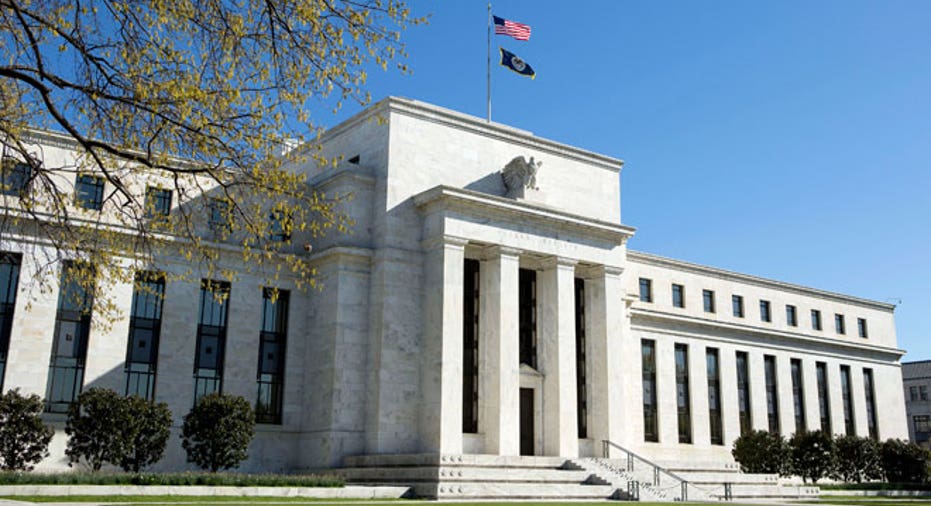Fed Holds Policy Steady, Sees Economy Expanding Moderately

The Federal Reserve, as was widely expected, took no new action on Wednesday, instead maintaining stimulus programs already in place and promising to keep interest rates at historically low levels for the foreseeable future.
The central bank said it sees the economy continuing to expand moderately and is prepared to take additional action if necessary.
Stock markets barely reacted to the announcement from the Federal Open Markets Committee, which sets most Fed policy.
Analysts had predicted the no-action statement ahead of the 2:15 p.m. announcement: “At the October FOMC meeting, we do not expect any change in the Fed’s policy stance and foresee few changes to the statement,” analysts at Barclays Research said in a note to clients.
The Dow Jones Industrial average hardly moved after the statement, apparently still looking for direction after Tuesday’s big selloff, which saw the Dow lose more than 240 points on a handful of disappointing earnings. In mid-afternoon trading the Dow was up 9.60, or 0.07%, at 13,112.13.
The Fed’s language in the announcement echoed numerous recent statements, pledging to maintain current bond-buying programs and initiate more if needed.
“The Committee remains concerned that, without sufficient policy accommodation, economic growth might not be strong enough to generate sustained improvement in labor market conditions. Furthermore, strains in global financial markets continue to pose significant downside risks to the economic outlook,” the statement said.
That statement was interpreted by some as bad news, indicating that the economy will continue to stumble without the assistance of Fed stimulus programs.
The Fed made its big move in September, announcing a third round of quantitative easing in which the Fed will buy $40 billion worth of mortgage-backed securities each month in an effort to lift the long-troubled U.S. housing market.
Combined with another bond-buying program, the Fed is adding $85 billion to its portfolio each month and will continue to do so until the end of the year.
The Fed and its chairman Ben Bernanke have made it clear that their strategy is aimed at jolting U.S. labor markets. If the bond-buying plan successfully lifts the housing sector by keeping mortgage rates low, jobs in areas as wide-ranging as financial services and construction will follow. At least that’s the plan.
Despite the fact that the unemployment rate has dropped in each of the last two months, it’s too early to determine whether the Fed’s latest round of stimulus is working. The unemployment rate dropped to 7.8% in September, down from 8.1% a month earlier, but much of the drop was attributed to workers now employed in non-traditional positions. Many of these workers now describe themselves as self-employed or working part-time.
Economists agree these aren’t the kinds of jobs that will spur significant economic growth.
Analysts had predicted the Fed was unlikely to make any moves Wednesday for fear of giving the impression that their latest effort isn’t working and that Fed policy makers are getting impatient or worse, panicking.
Meanwhile, there’s a growing feeling among investors that the Fed has no magic bullets for what ails the U.S. economy.



















